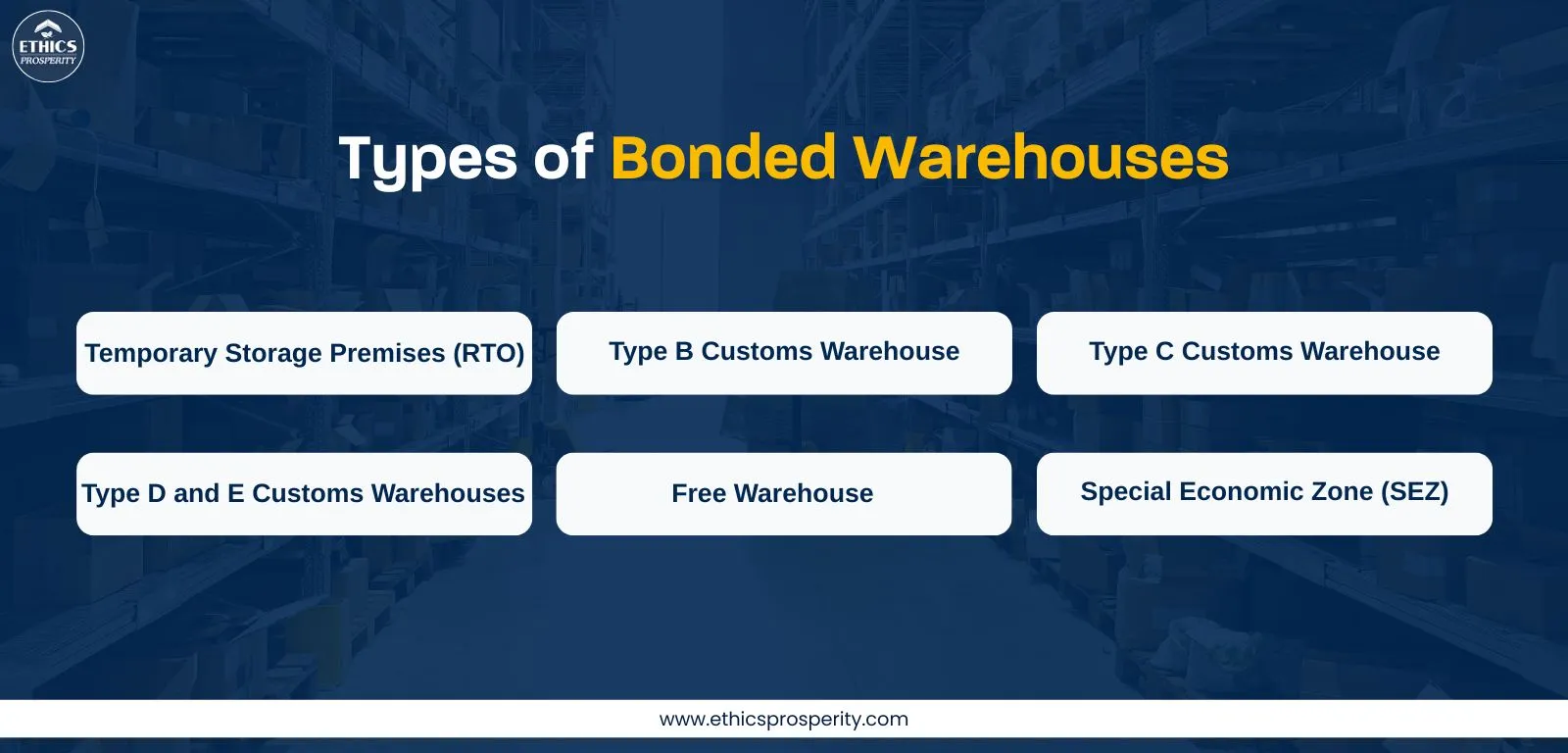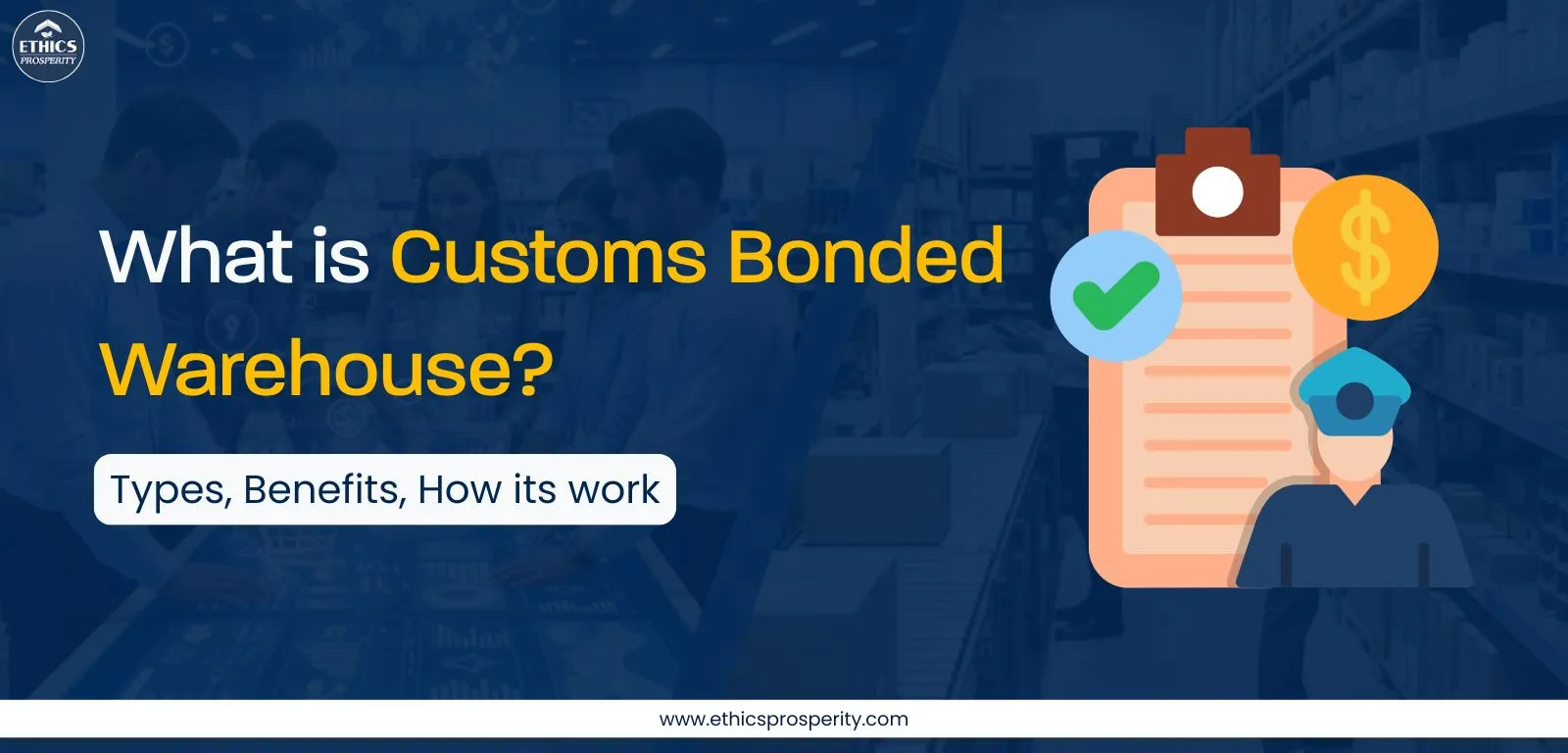In a globalized trade environment, where imports and exports fuel industrial growth, the customs bonded warehouse has become a strategic asset in supply chain management.
It allows businesses to store imported goods without immediately paying customs duty, providing operational flexibility, cost control, and smoother logistics flow.
For industries managing large-scale imports—like manufacturing, automotive, and retail—bonded warehouses in India streamline cross-border trade while ensuring compliance with government regulations.
They also support inventory management, enabling better control over goods, especially when managing multi-country supply chains.
What is a Customs Bonded Warehouse?
A customs bonded warehouse is a secure facility authorized by the government to store imported goods without paying customs duties or taxes until the goods are cleared for domestic use or re-export.
Bonded Warehouse Meaning:
It serves as a financial buffer—businesses can defer tax payments until goods are actually required for sale or production, enhancing cash flow and liquidity.
For global supply chains, such warehouses act as a transit hub between international suppliers and local markets, offering better control over lead times and cost optimization.
How a Bonded Warehouse Works
-
Import and Entry: Goods are imported and placed under customs supervision in the bonded warehouse.
-
Documentation: All consignments are recorded and validated by customs authorities.
-
Storage: Goods remain in the facility until the importer decides to release them for consumption or export.
-
Duty Payment or Re-export: Duties are paid only when goods enter the domestic market; re-exported goods are exempt.
This system minimizes upfront duty costs and improves the efficiency of End-to-End Supply Chain Management.
Types of Bonded Warehouses

1. Temporary Storage Premises (RTO)
Used for short-term storage of imported goods awaiting customs clearance.
They help reduce congestion at ports and improve the flow of goods through inbound logistics operations.
2. Type B Customs Warehouse
Privately operated but open for public use. Companies with large import operations use them for secure, duty-free storage until goods are ready for sale.
3. Type C Customs Warehouse
Owned and operated by a single company. These offer complete control over goods, ideal for enterprises with frequent imports and exports.
4. Type D and E Customs Warehouses
Designed for specific business needs, such as partial duty payment or flexible customs supervision. Commonly used in industrial and manufacturing sectors.
5. Free Warehouse
Public facilities that offer storage without strict customs oversight. These are often used by 3PL and logistics service providers managing shared inventory.
6. Special Economic Zone (SEZ) or Free Zone
Located in designated industrial zones, SEZ warehouses promote export-oriented production and global trade partnerships.
They support Reverse Supply Chain operations, allowing easy re-export of goods.
Benefits of Customs Bonded Warehouses
1. Improved Cash Flow
Importers can defer customs duties until goods are sold or moved into the domestic market.
This conserves working capital and enables strategic financial planning.
2. Flexible Inventory Management
Businesses can store goods longer without financial strain, helping balance demand fluctuations.
Paired with Warehouse Management Systems (WMS), bonded warehouses ensure visibility and efficiency in inventory tracking.
3. Duty Deferment
Taxes and customs duties are only paid upon release of goods, reducing financial burden and supporting strategic logistics planning.
4. Secure Storage
Bonded warehouses are highly regulated and monitored by customs, ensuring product security and minimizing the risk of loss or theft.
5. Re-exporting Advantage
Goods stored in bonded warehouses can be easily re-exported without paying import duties, supporting international distribution models.
6. Minimal Processing
Some bonded warehouses allow light processing activities like labeling, repackaging, and quality inspections before goods enter the local market.
7. Supply Chain Efficiency
By integrating bonded storage within broader warehouse and logistics networks, companies achieve better lead time reduction, cost control, and service quality.
Challenges of Customs Bonded Warehouses
Despite the advantages, bonded warehousing comes with operational complexities.
-
Regulatory Compliance: Requires strict adherence to customs laws and reporting.
-
High Administrative Costs: Documentation, inspections, and software integrations can increase overheads.
-
Limited Accessibility: Goods can’t be moved freely without customs authorization.
-
Technology Gaps: Many facilities still lack integration with modern digital systems like Blockchain in Smart Warehousing or IoT tracking.
Overcoming these challenges requires advanced digital warehousing solutions and expert logistics management to ensure transparency and compliance.
Role of Customs Bonded Warehouses in End-to-End Supply Chain
In the broader landscape of supply chain companies in India, bonded warehouses play a pivotal role in connecting procurement, manufacturing, and distribution processes.
Key Contributions:
-
Optimized Inventory Replenishment: Enable continuous flow of goods for export and domestic sales.
-
Integration with Blockchain in Supply Chain: Enhances traceability and accountability in customs transactions.
-
Cost Efficiency: Reduces total landed cost by deferring duties.
-
Support for Quick Commerce Companies: Allows agile inventory management near demand centers.
-
Cold Chain and FMCG Applications: Ideal for goods requiring long storage or temperature control.
When combined with Smart Warehousing technologies, bonded warehouses become more than storage points—they become strategic control centers for custom warehousing and global trade.
Conclusion
As trade barriers shrink and globalization accelerates, customs bonded warehouses are transforming into essential hubs for international logistics.
They not only simplify inventory management but also strengthen the overall supply chain ecosystem.
With solutions like Ethics Prosperity’s End-to-End Supply Chain Management, businesses can integrate bonded warehousing with WMS systems, inbound logistics, and last-mile delivery—ensuring agility, compliance, and profitability in a fast-moving global market.
